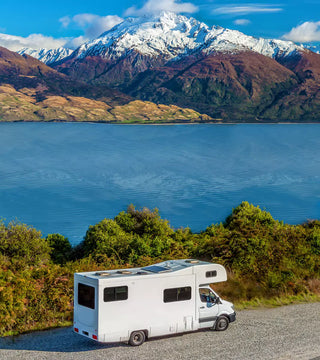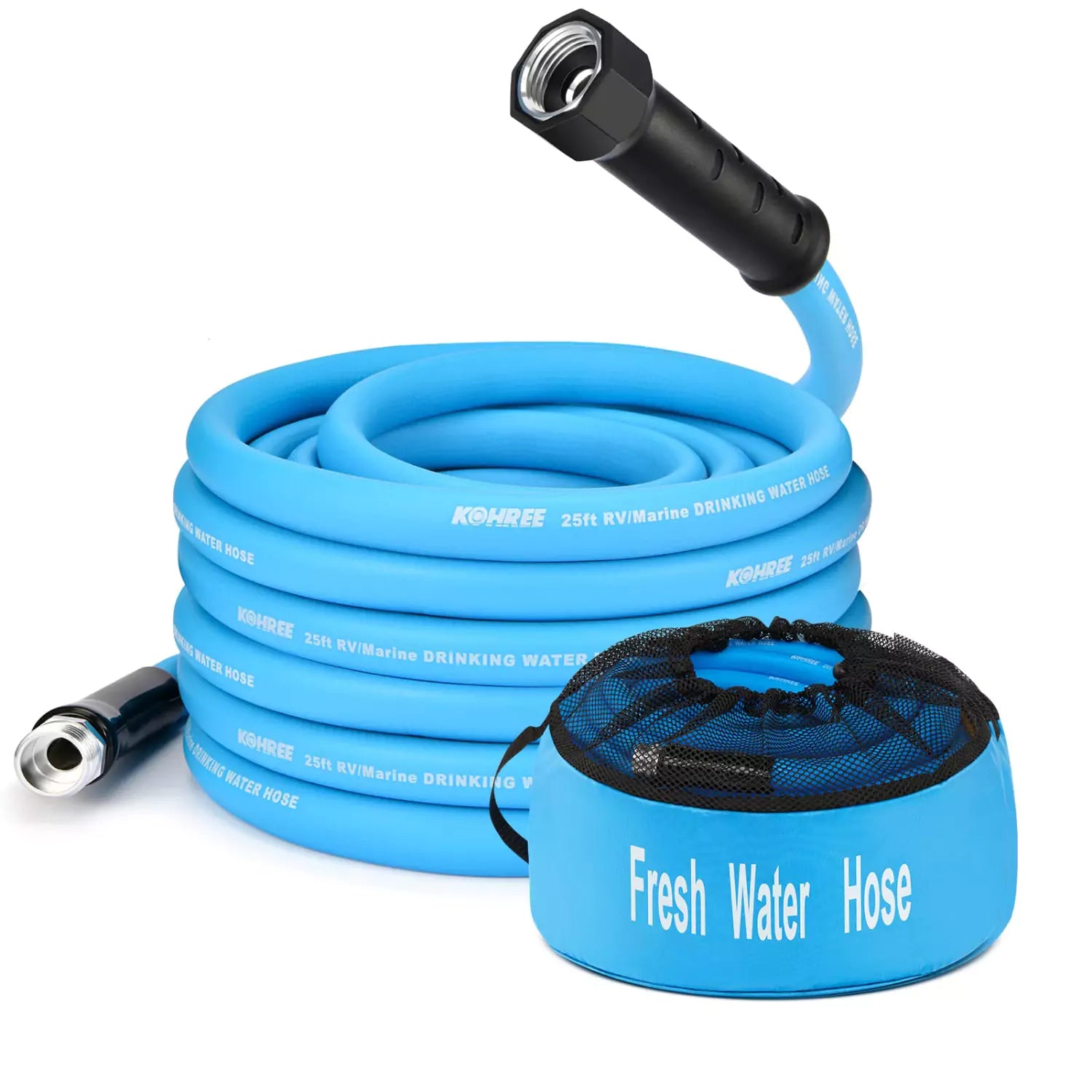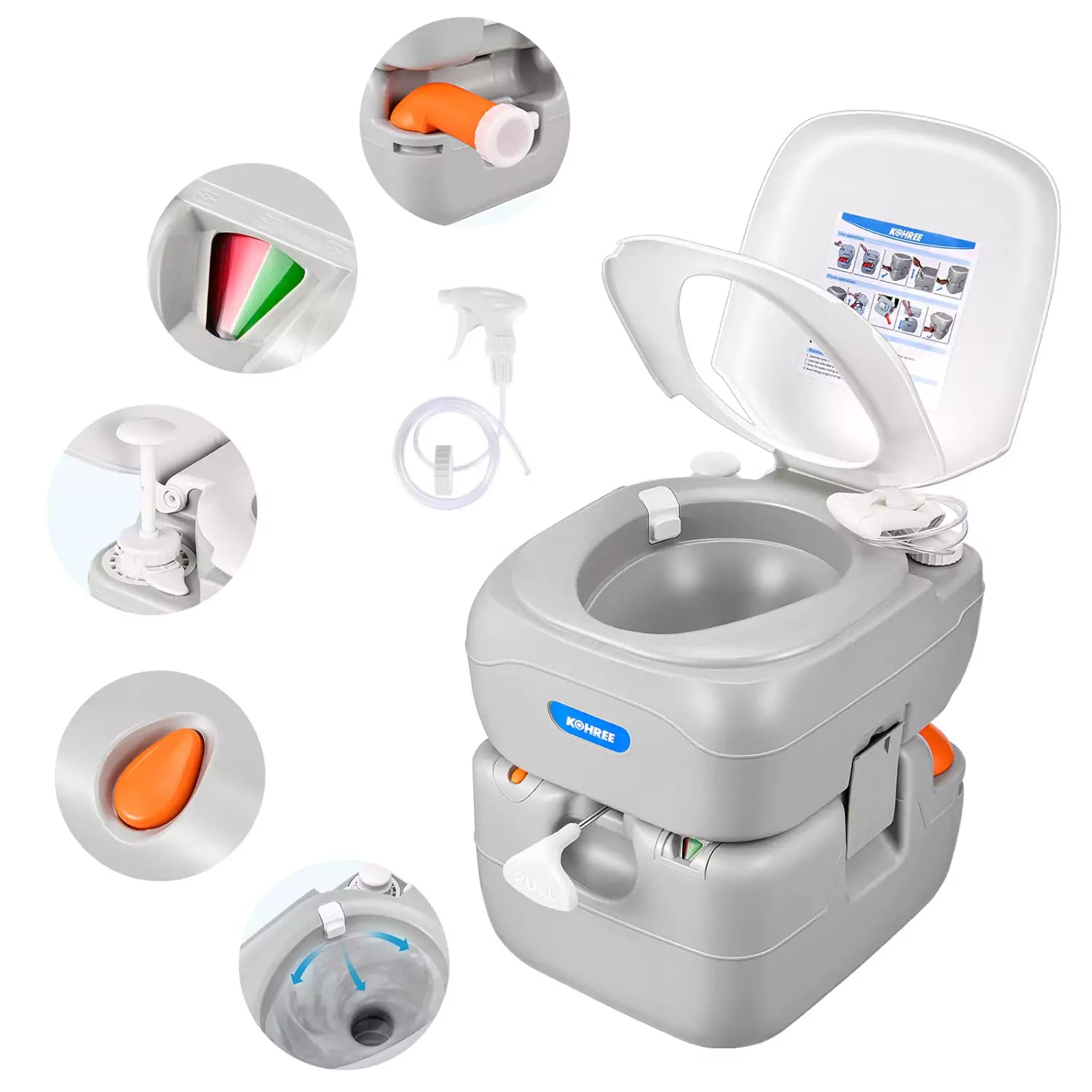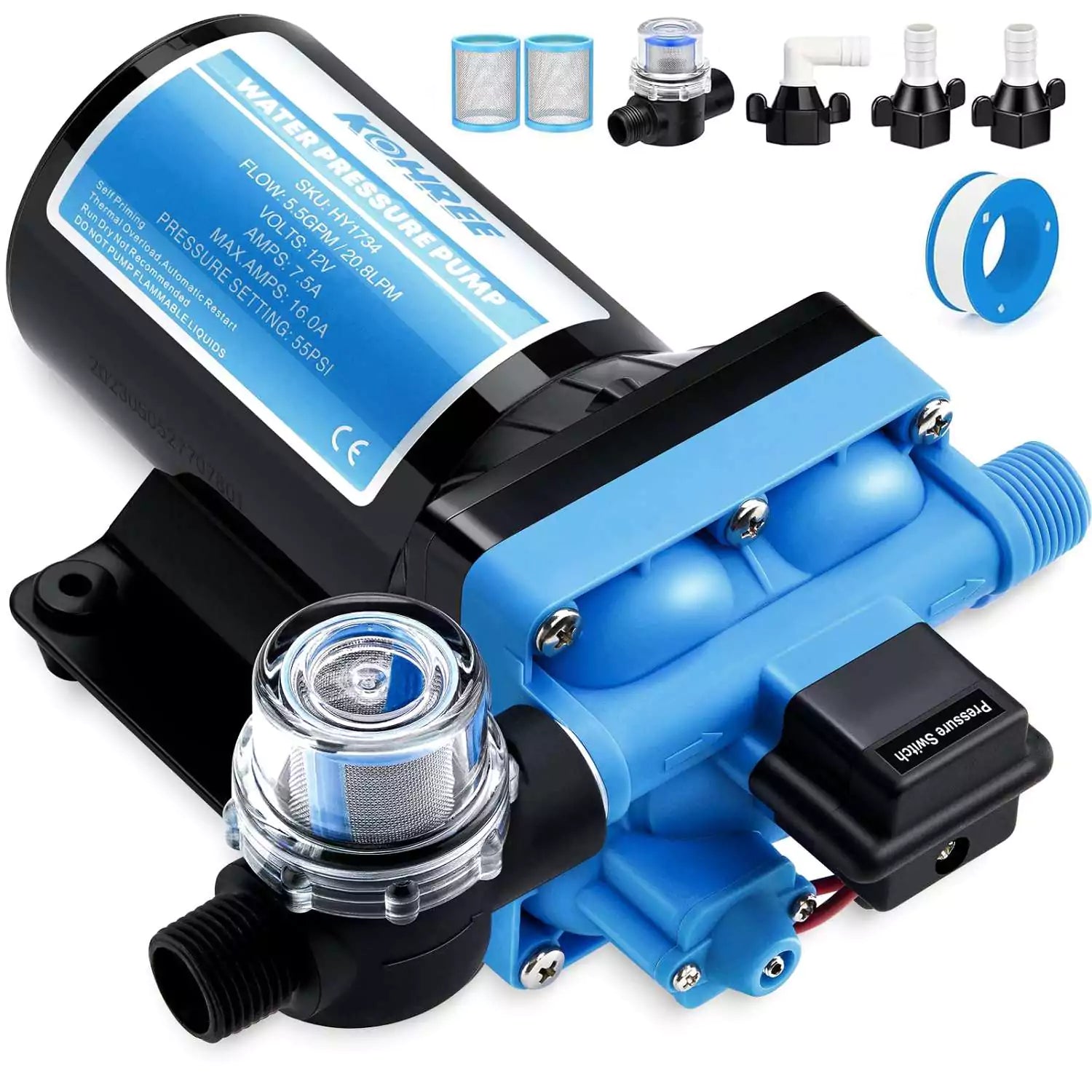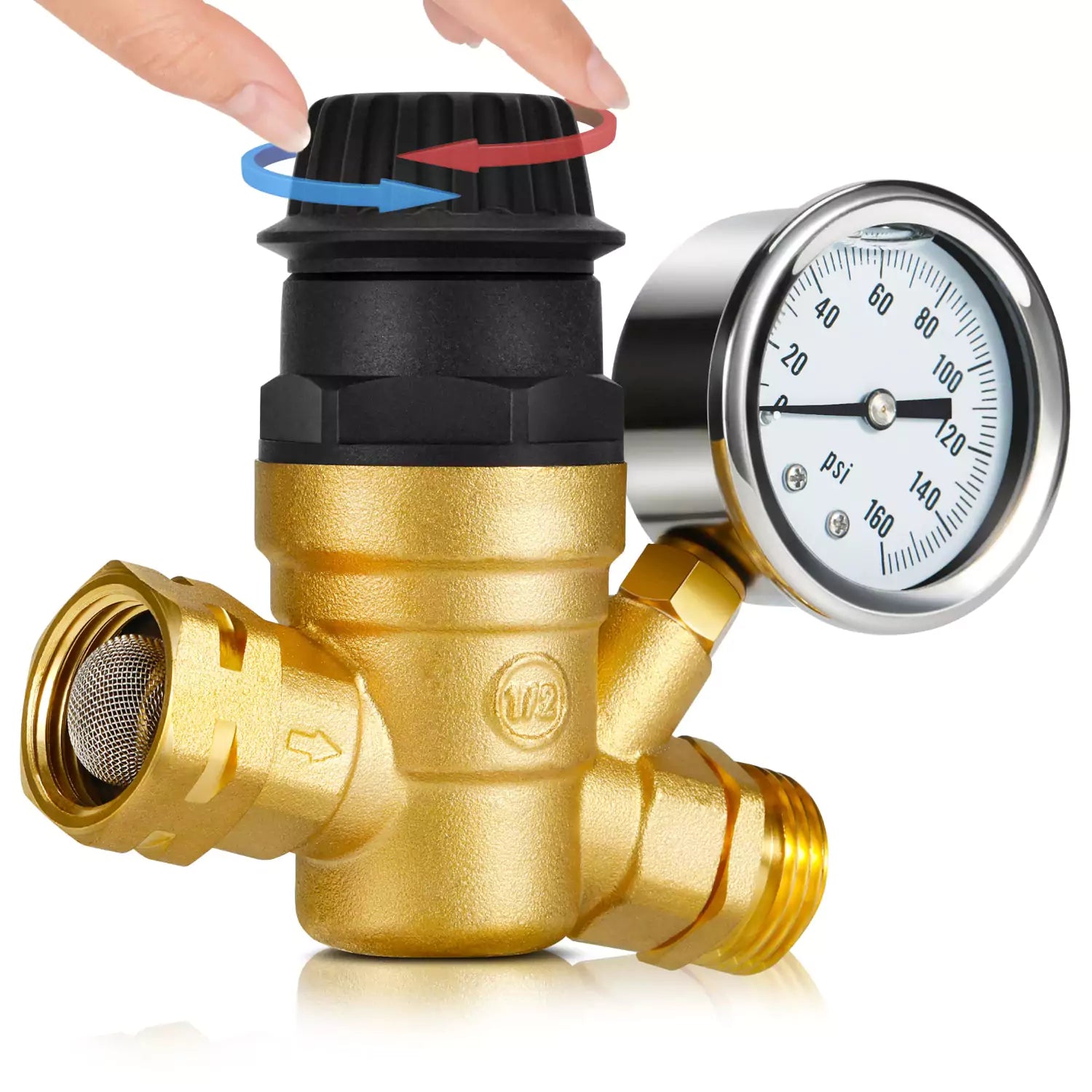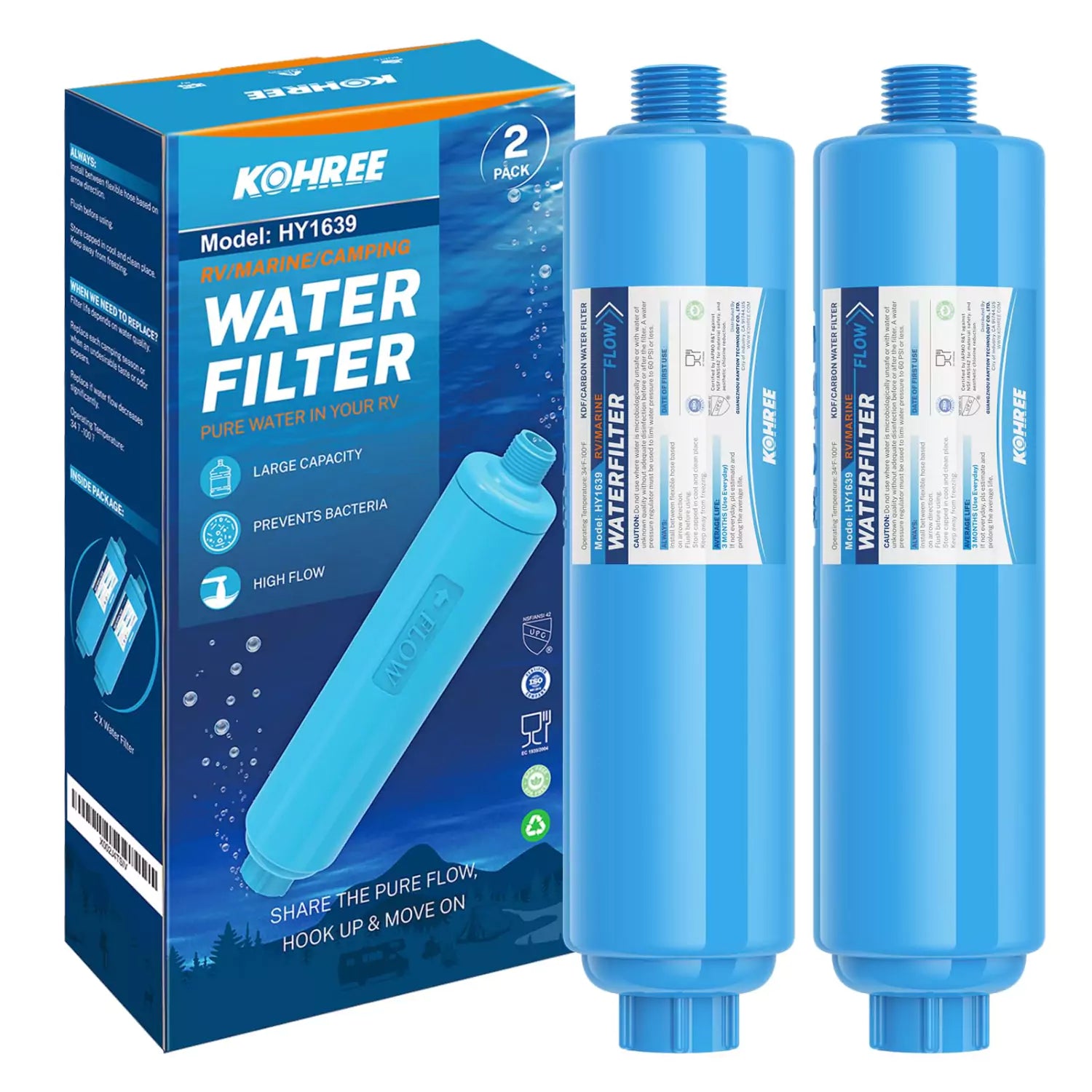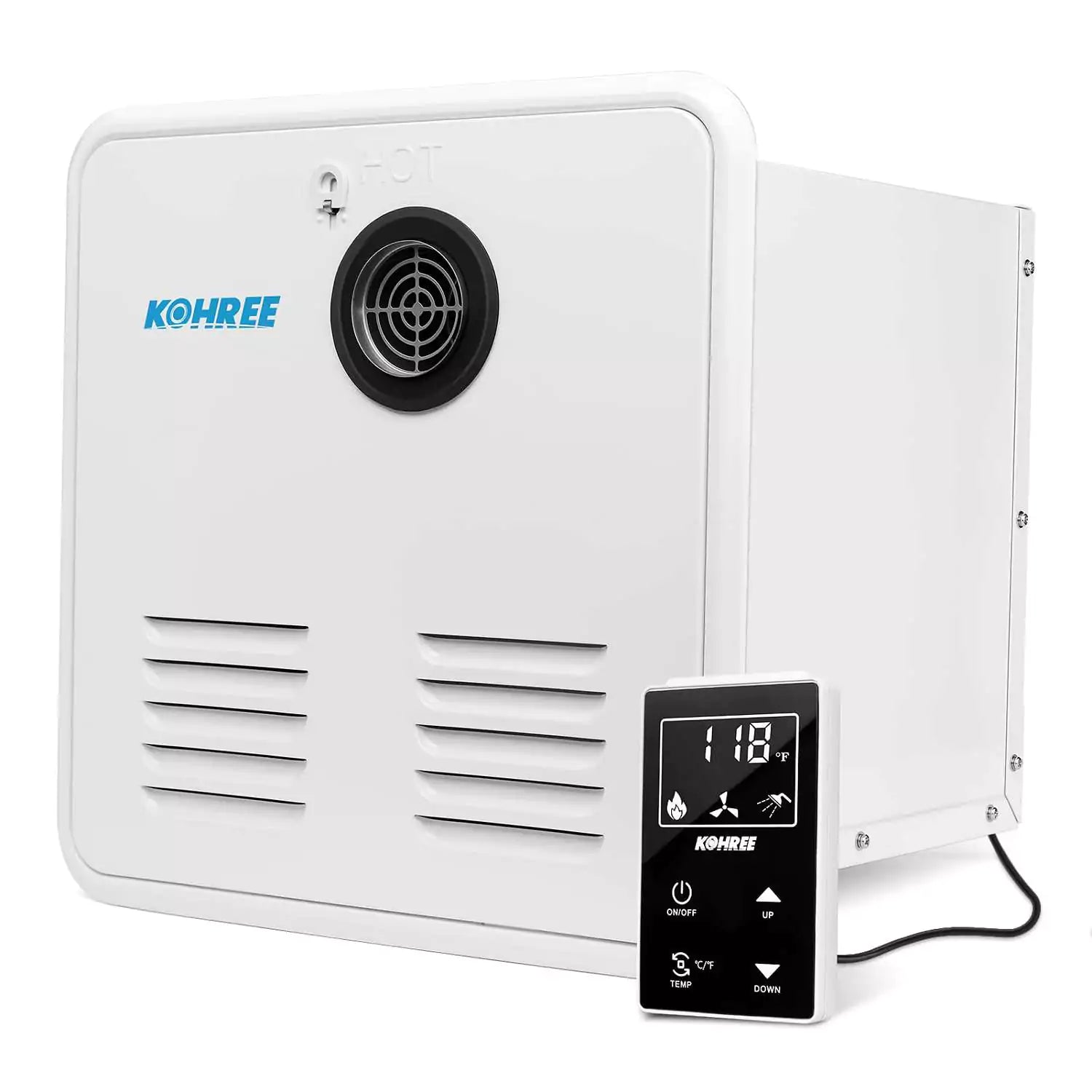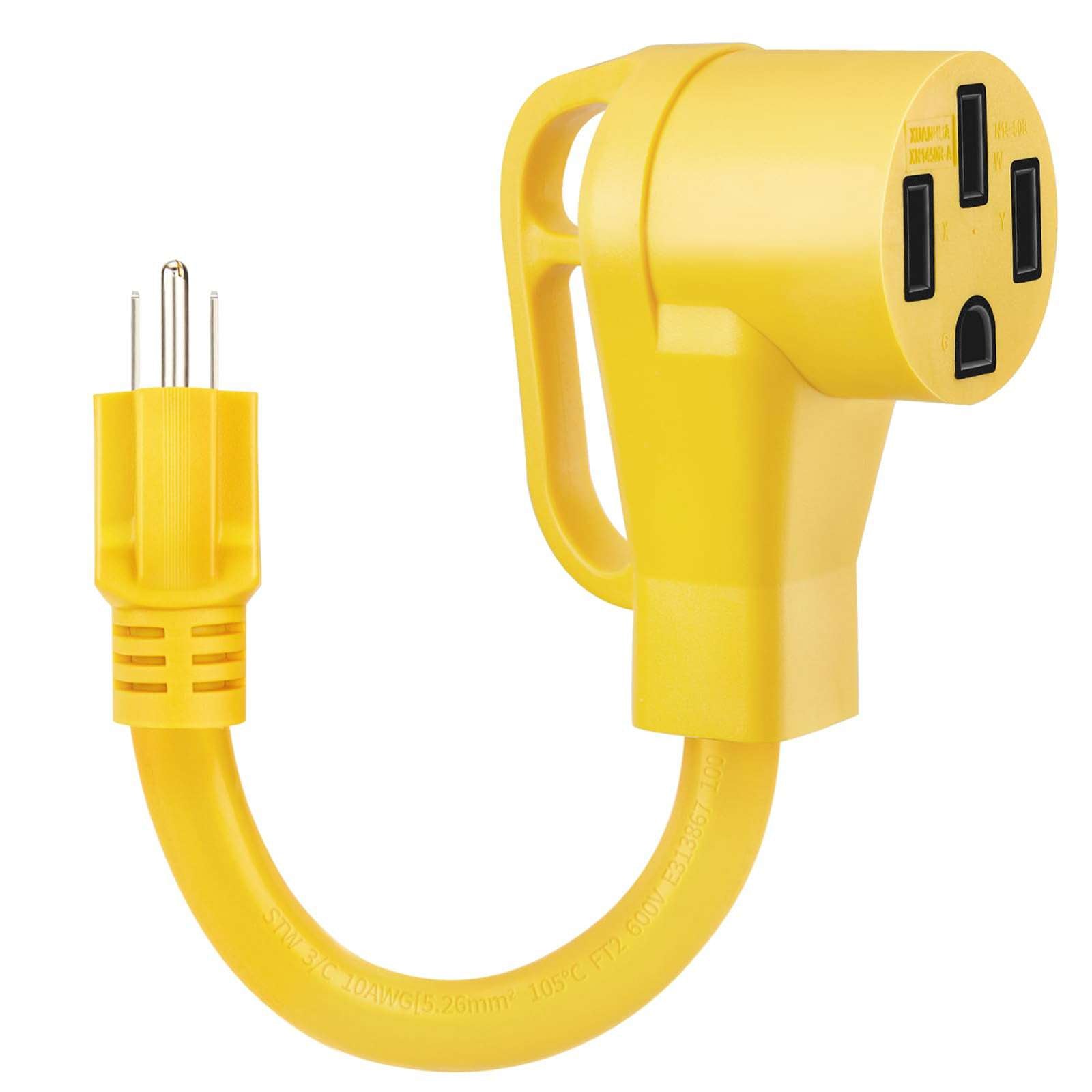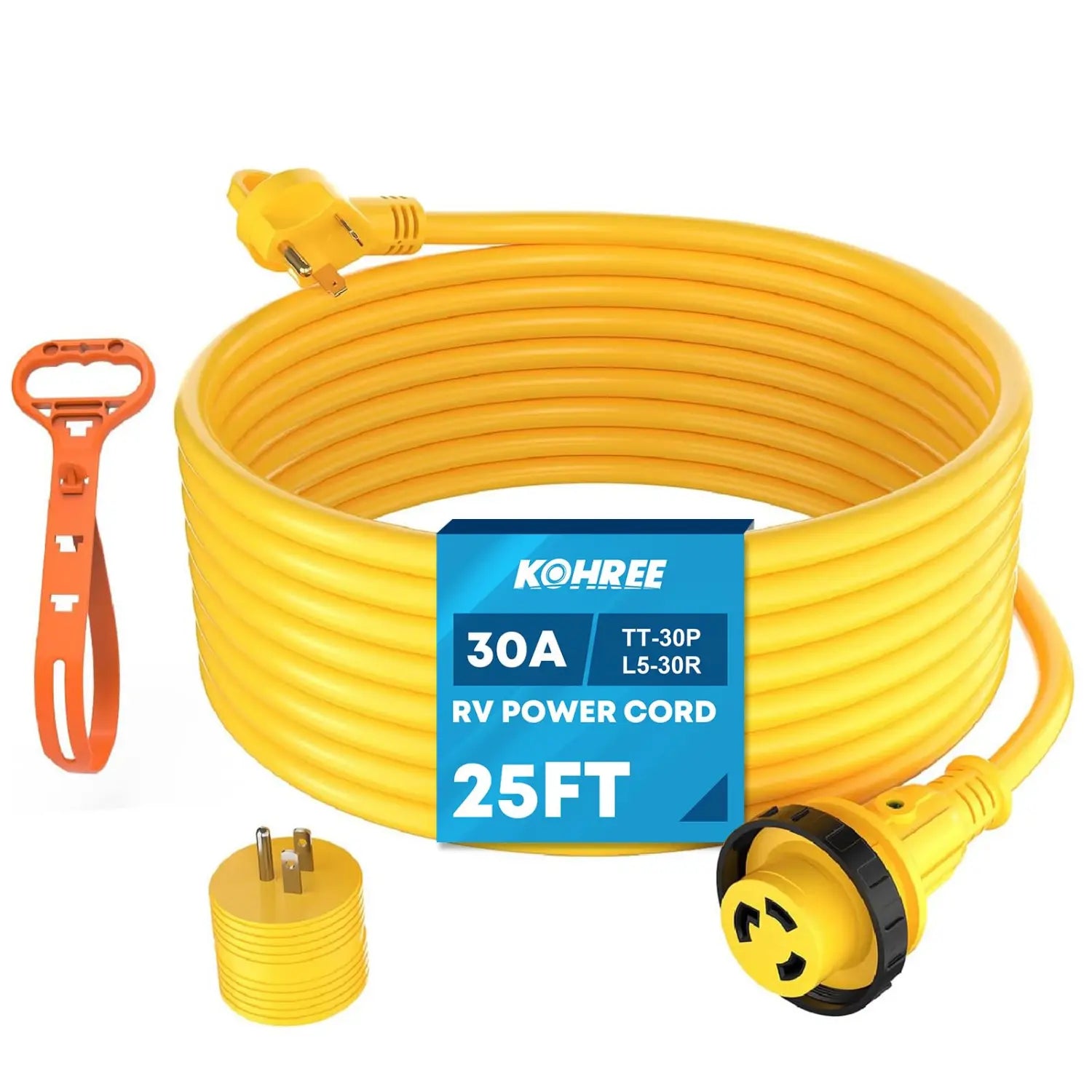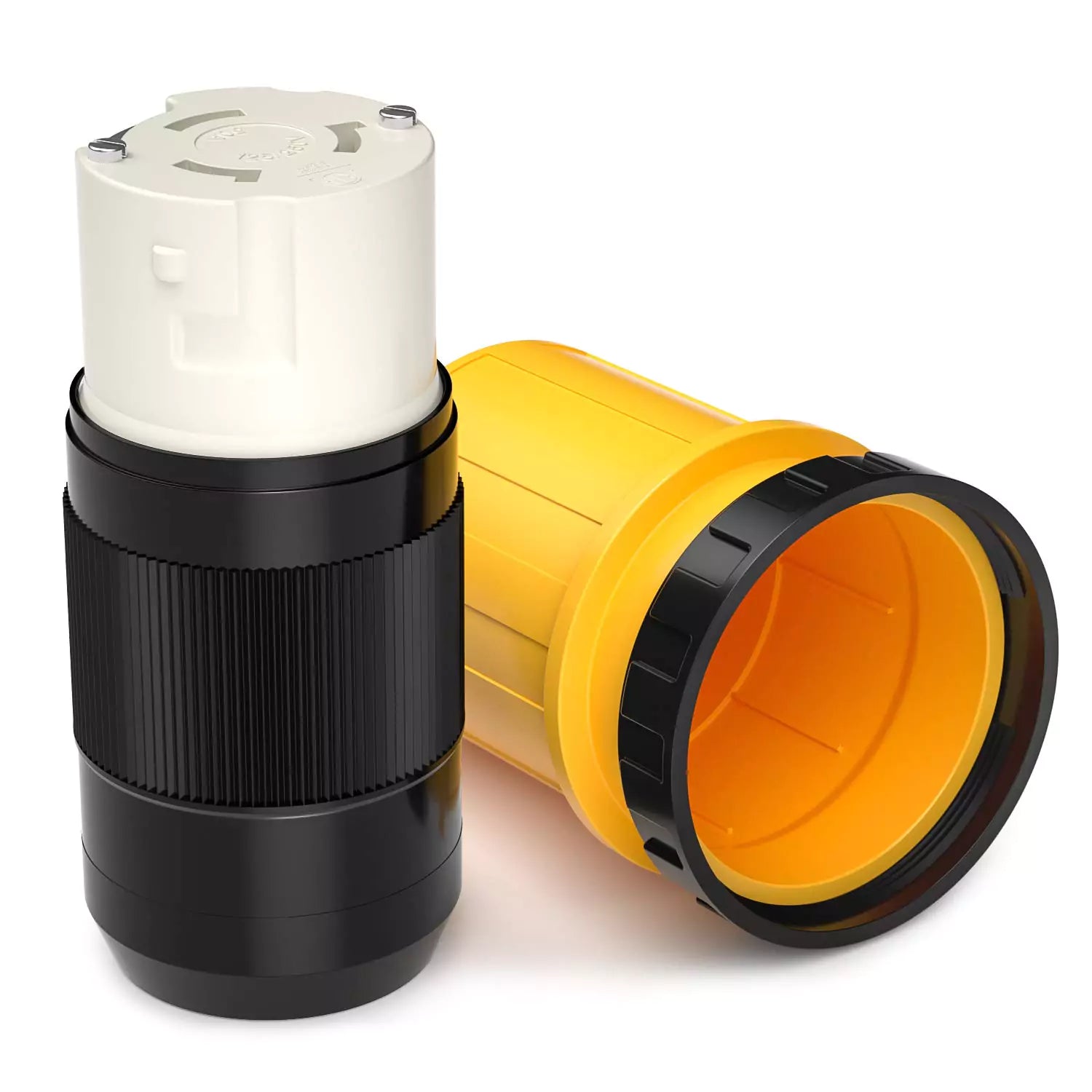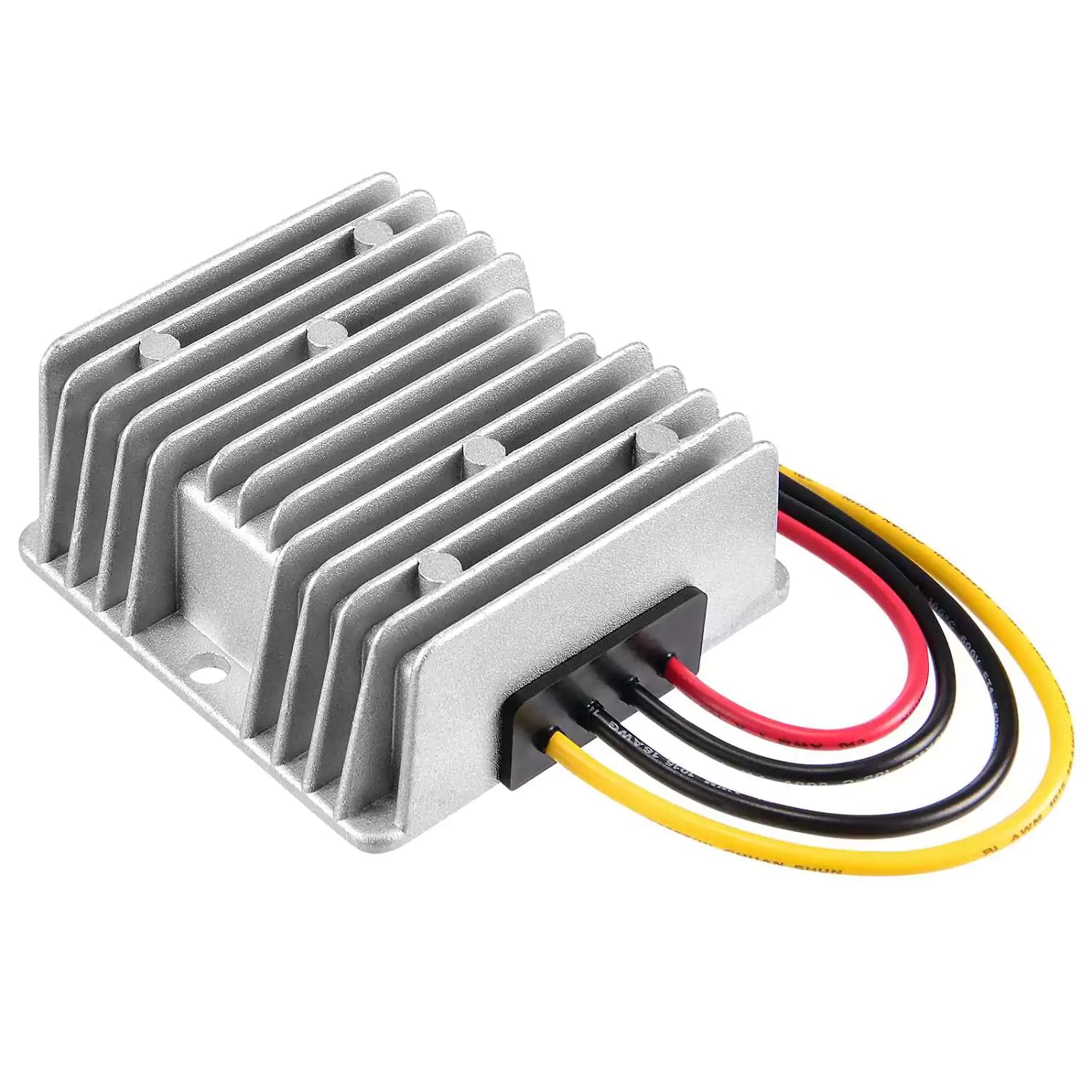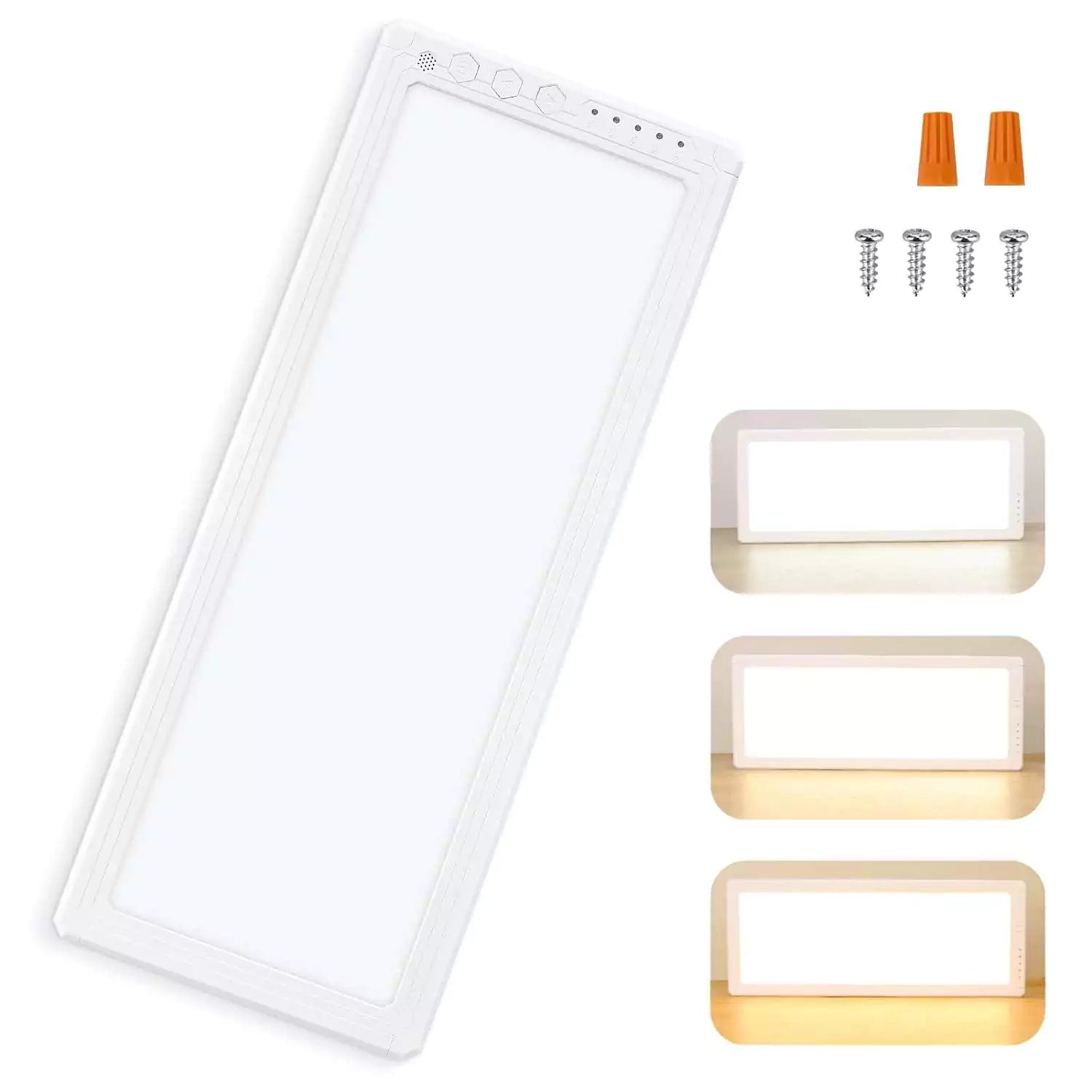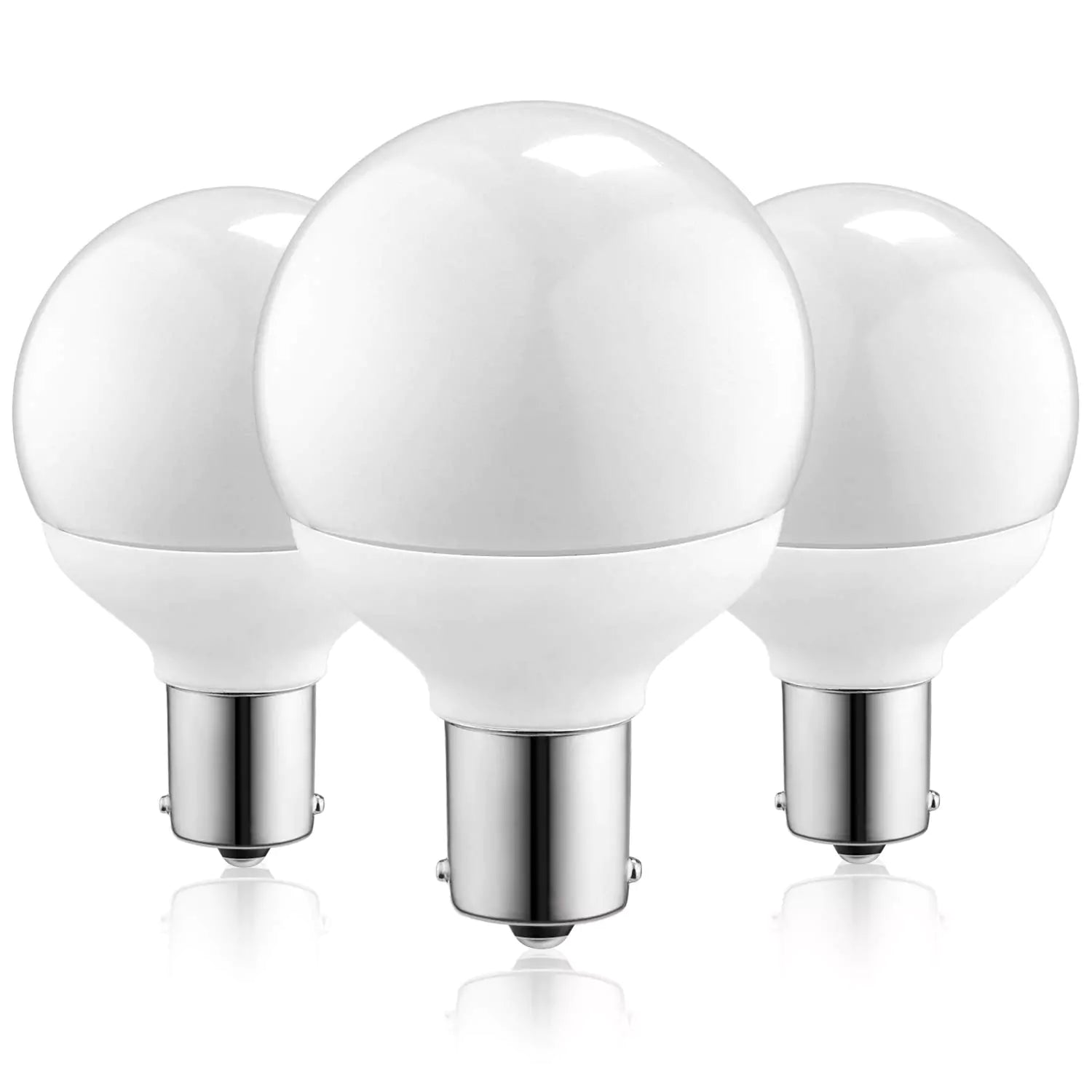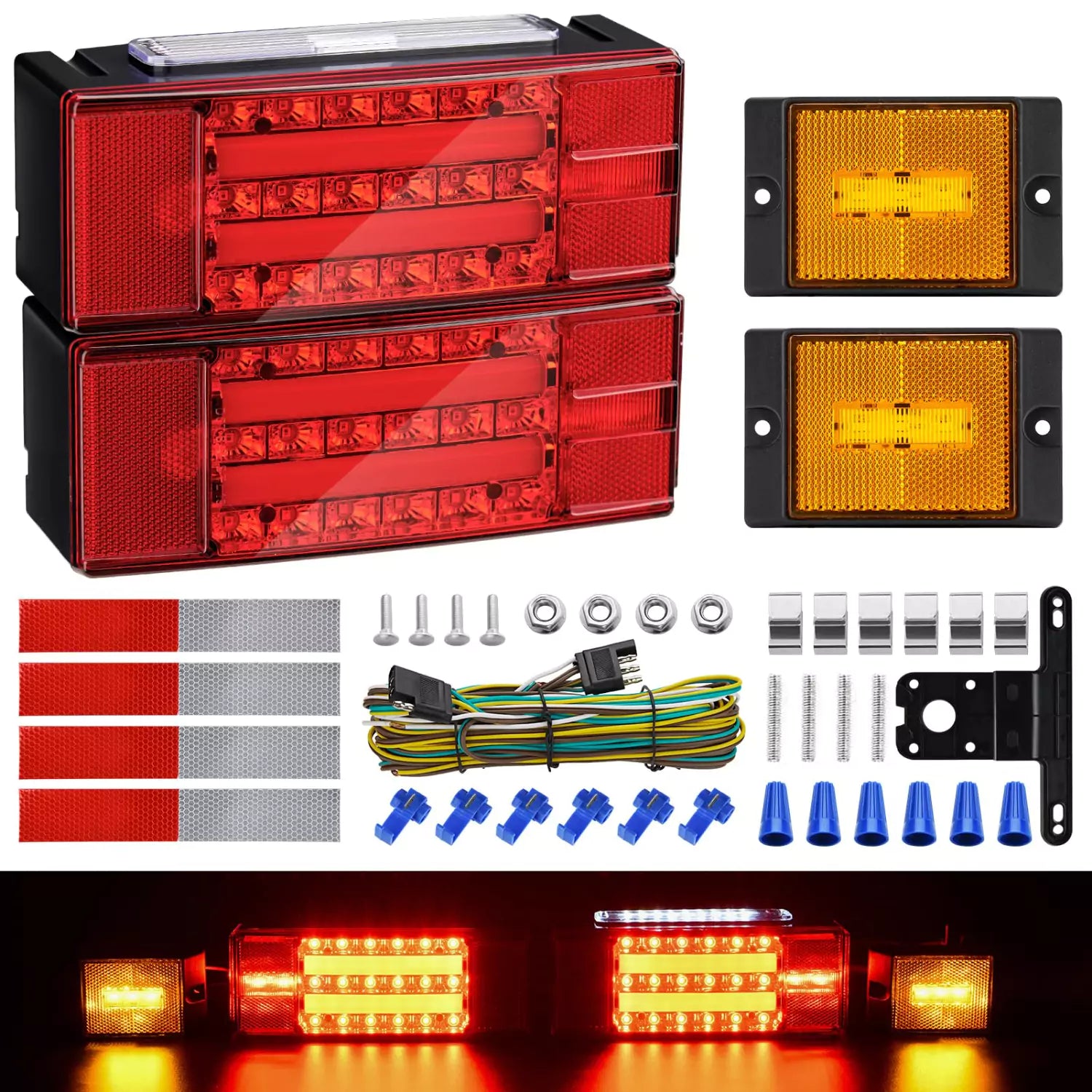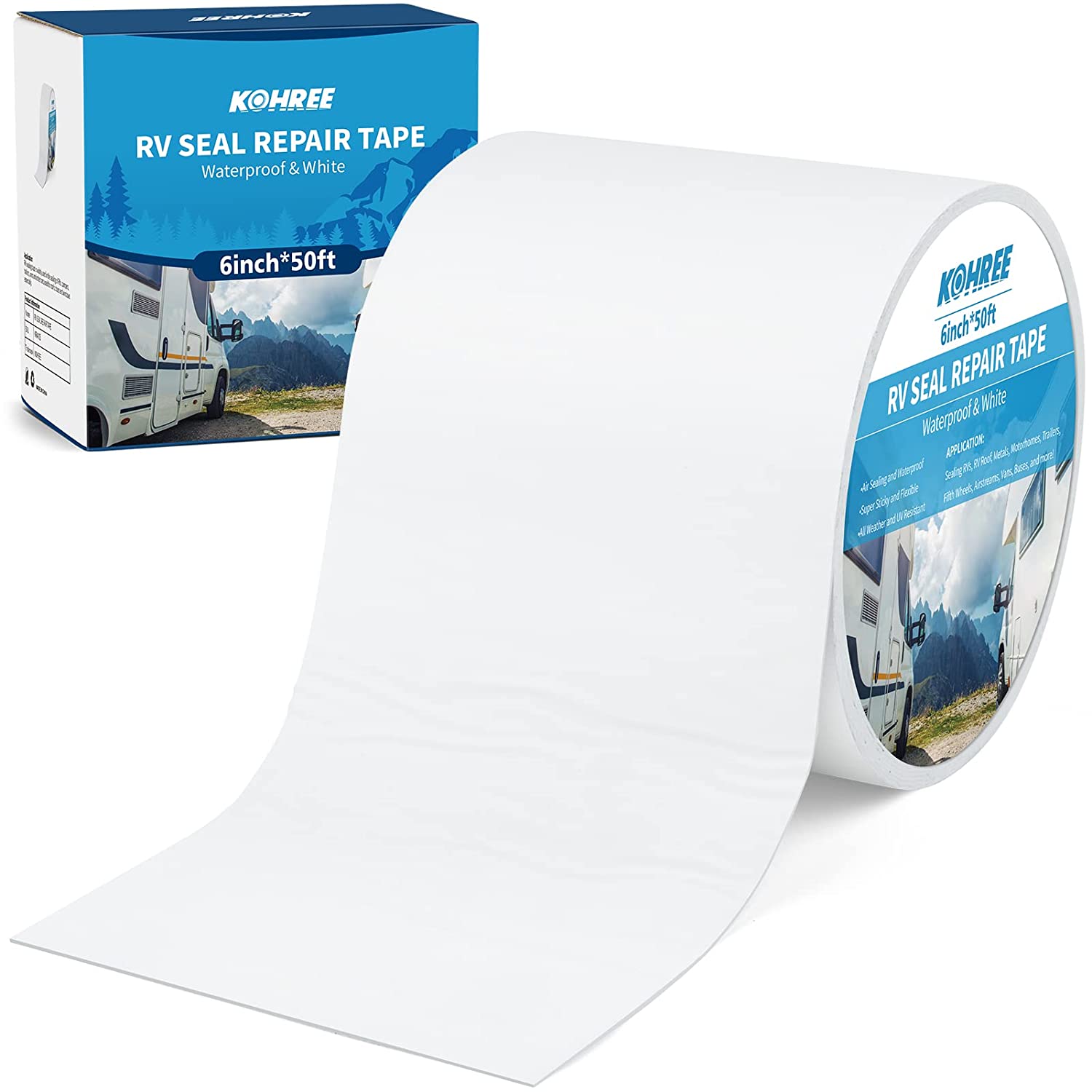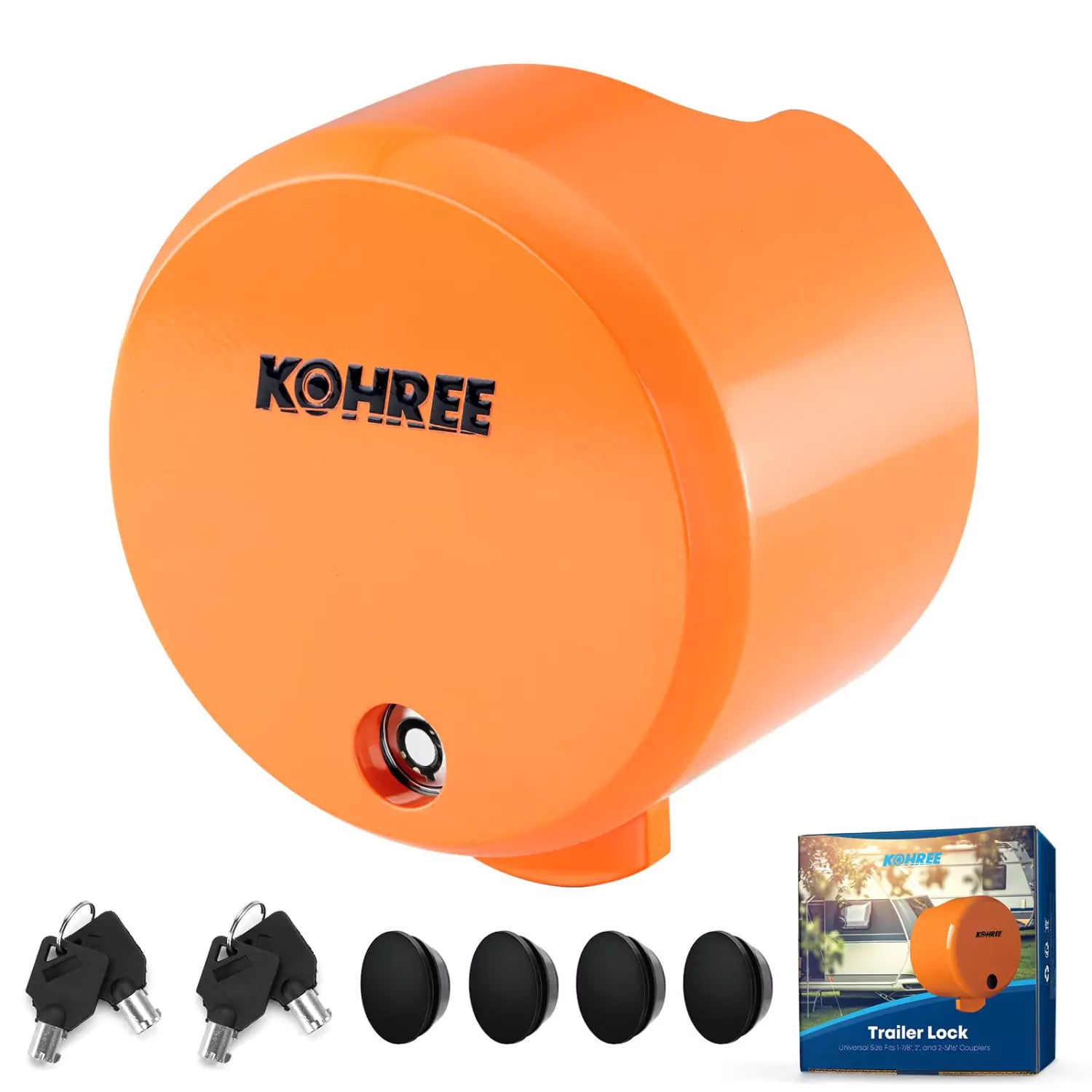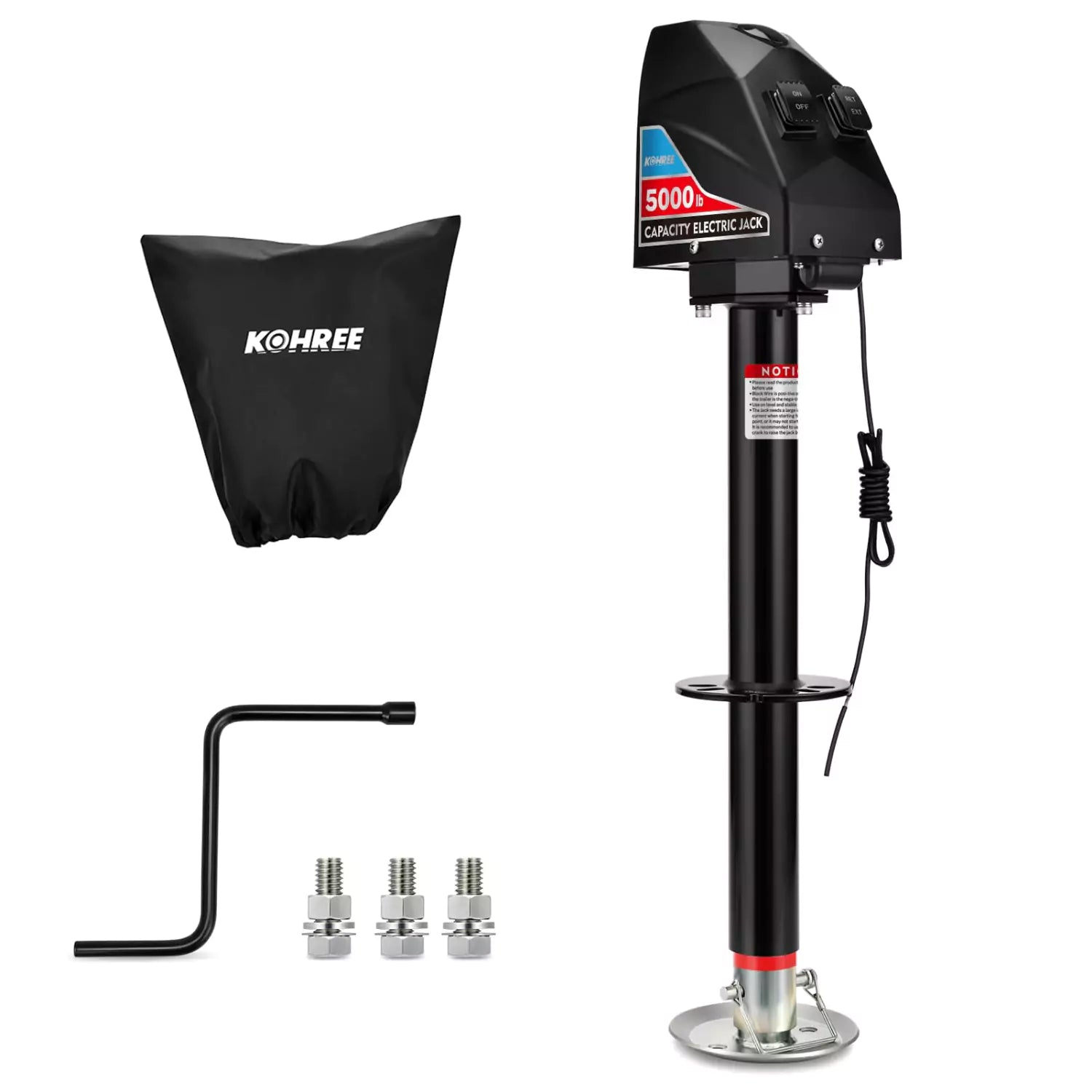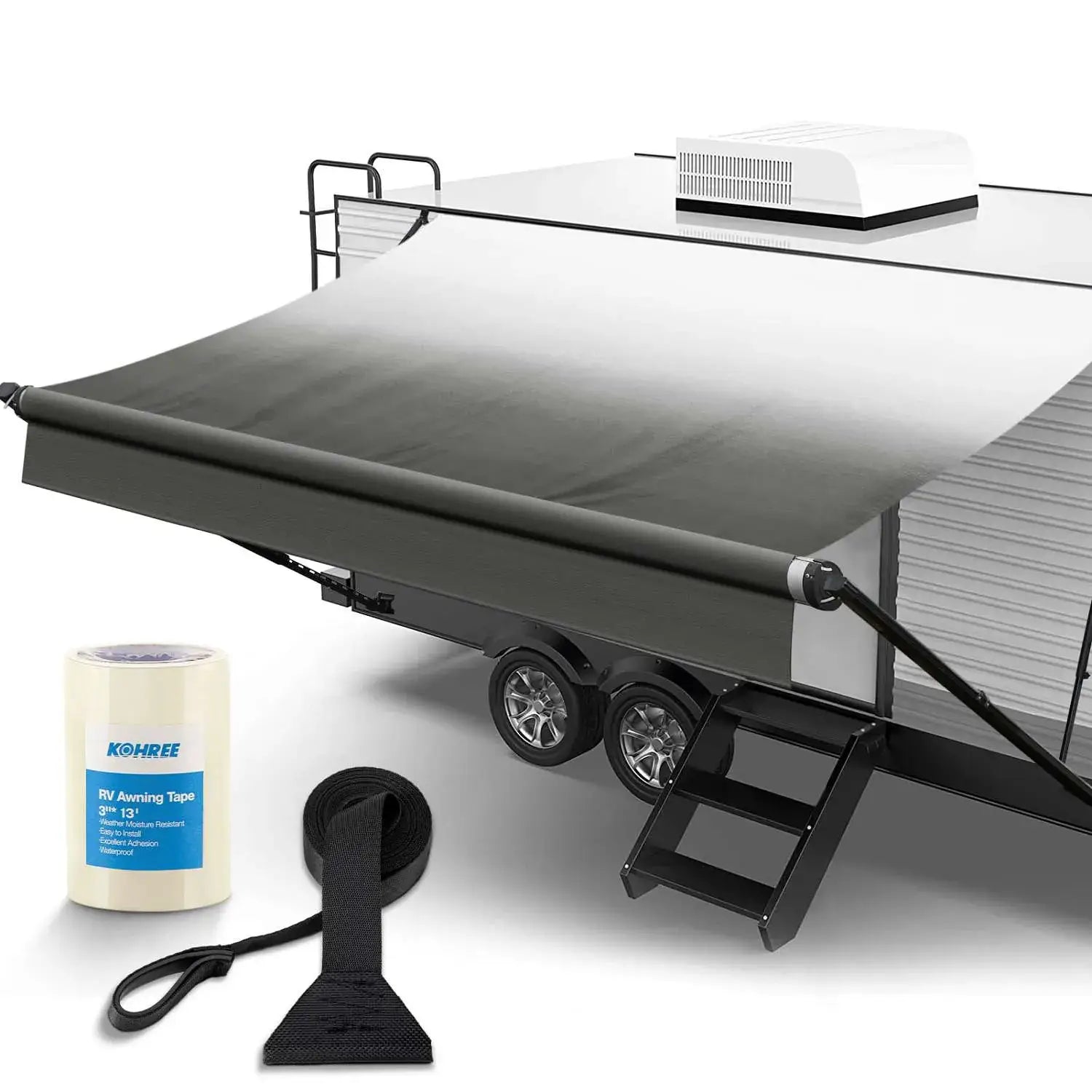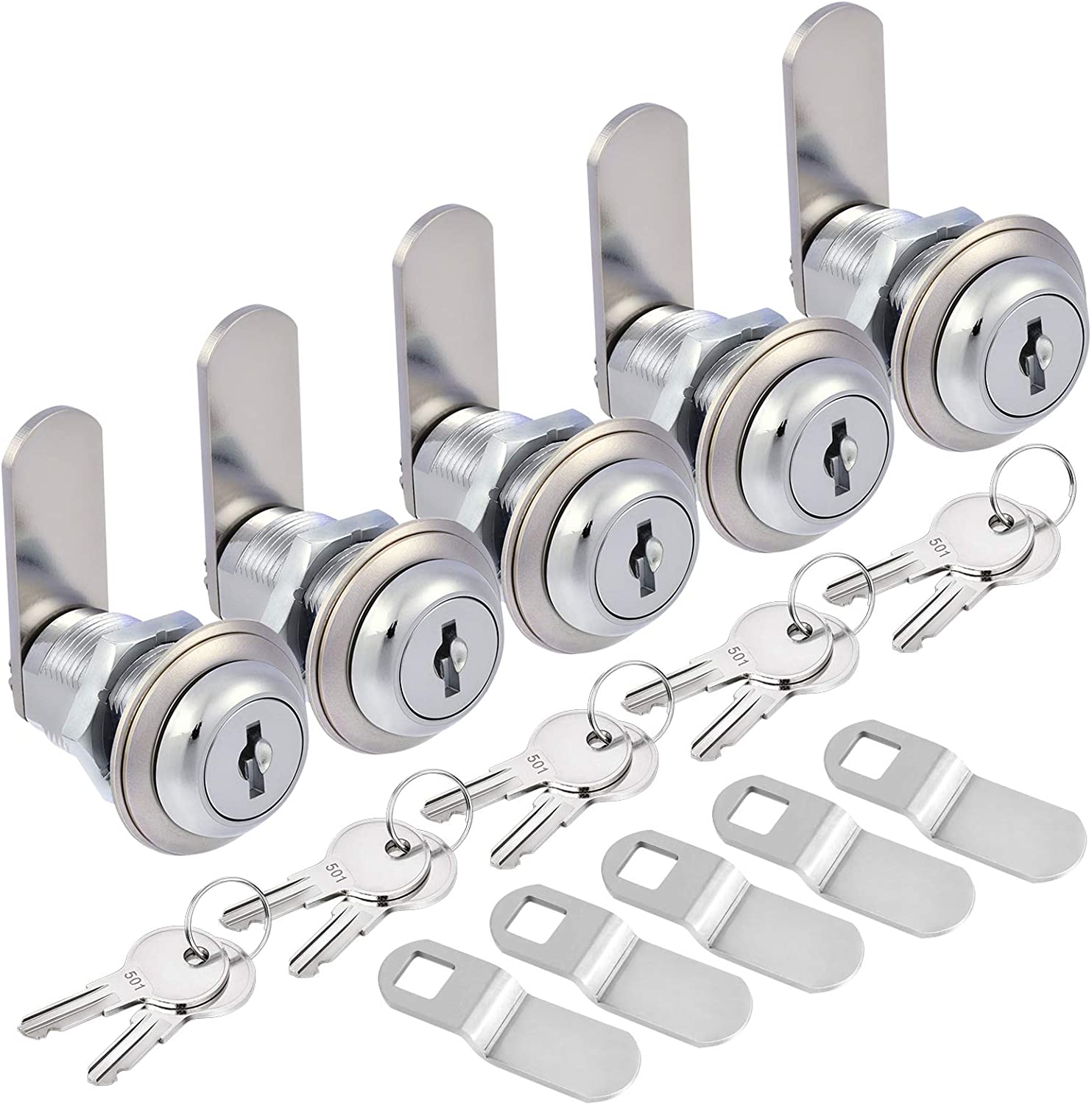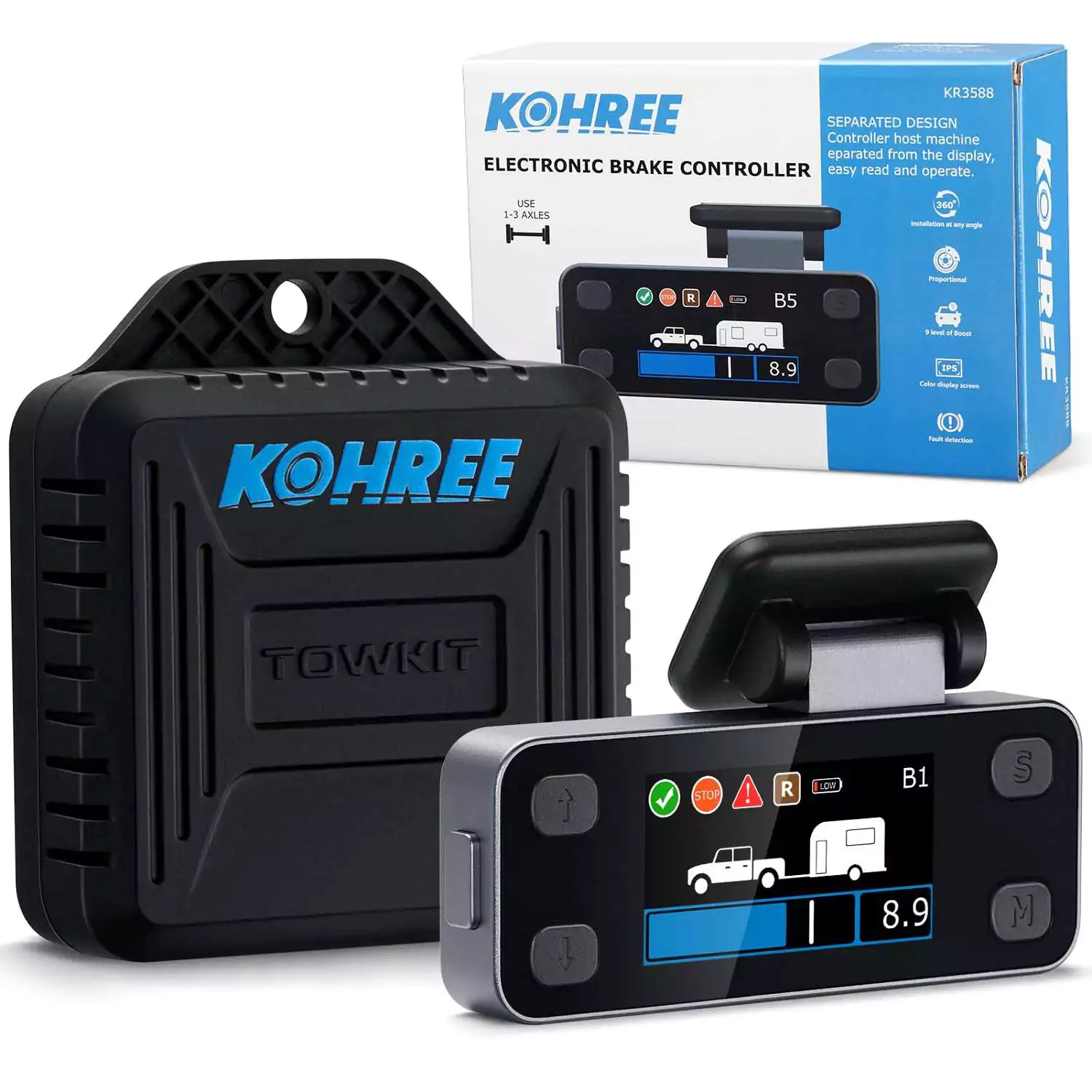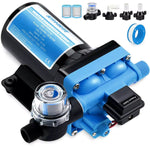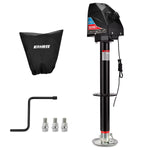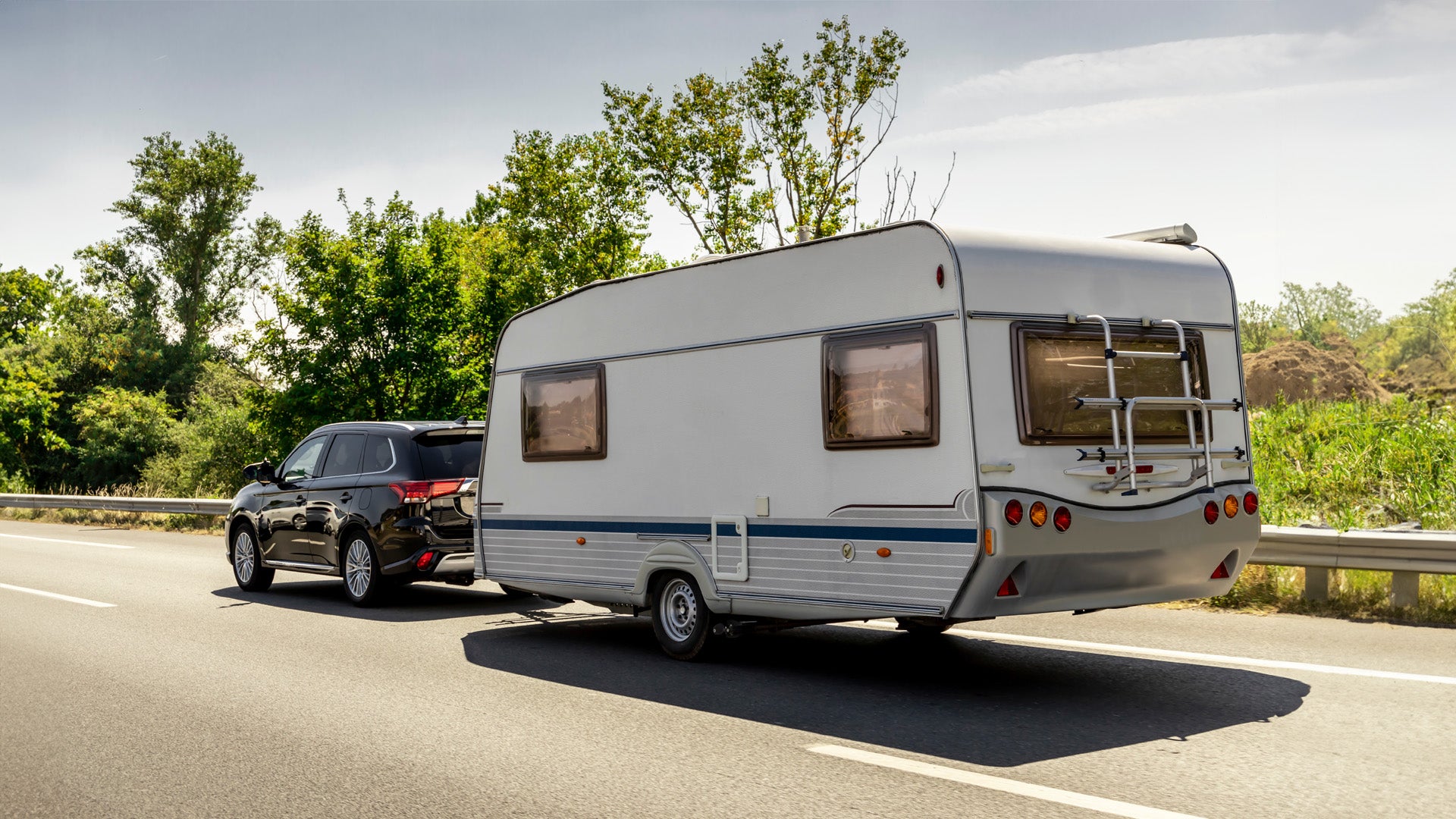Having fully operational trailer lighting is critically important for safety when towing a trailer. Trailer lights allow other drivers to see your trailer as you drive, especially when visibility is low at night or in bad weather conditions. The lights clearly indicate the size and shape of the trailer and make maneuvering turns and lane changes safer. Trailer lighting is required by law - vehicles must have properly working turn signals, brake lights, tail lights, and side marker lights to legally drive on public roads. Neglecting to connect or maintain these lights can lead to accidents or collisions due to limited visibility.
In addition to safety, trailer lights provide a means of communication between the tow vehicle and the trailer. The turn signals, brake lights, and reverse lights sync the actions of the tow vehicle with the trailer so other drivers understand what movements to expect. Proper electrical connectors allow the trailer lights to activate in conjunction with the tow vehicle lights. Keeping your trailer illumination updated, bright, and operational is a responsible way to keep hazards and accidents to a minimum when a trailer is in tow. The added visibility and connection trailer lighting provides are invaluable for secure and defensive driving.
Types Of Trailer Lights
There are several types of trailer lights, each serving specific functions to ensure safety and visibility. Here are the main types:
- Tail Lights: Sometimes called running light. These are the constant, non-flashing red warning lights on the rear of the trailer. They illuminate when the headlights are on and indicate the presence and width of the trailer to the drivers behind.
- Brake Lights: commonly known as stop lights, located near the tail lights, brake lights illuminate when the brake pedal is pressed, indicating to drivers behind that the vehicle is slowing down or stopping.
- Turn Signal Lights: Found on both the left and right sides of the trailer, turn signal lights flash to indicate the intended direction of a turn or lane change.
- Marker Lights: Also known as clearance lights, these lights are usually amber or red and are placed along the sides and top edges of the trailer. They make the trailer more visible, especially at night.
- Reverse Lights: Also commonly known as backup lights. White lights that illuminate when the vehicle is in reverse, providing visibility to others and helping the driver maneuver the trailer.
- License Plate Light: This small white light illuminates the license plate on the rear of the trailer, ensuring it's visible in low-light conditions for law enforcement at night and for other drivers to see from a distance.
- Reflectors: While not lights, reflectors are essential for visibility. They reflect light from other vehicles, increasing awareness of the trailer's presence.
- Auxiliary Lights: Additional lights, such as fog lights or work lights, can be added to trailers for specific purposes, like improving visibility in adverse weather conditions.
Ensuring that all these lights are functional and compliant with local regulations is crucial for safe towing. Regular maintenance and checks are essential to keep trailer lights in proper working condition.
Do I Need Marker Lights on My Trailer?
Trailers that are 80 inches wide or wider, or that are 30 feet long or longer need additional lights and reflectors. Side marker lights are an essential safety feature that must be present on all trailers over 80 inches in width. These lights must also be amber in color and visible from a distance of 500 feet.
How to Choose the Right Connector for My Trailer Wiring?
Before connecting trailer lights, it's important to understand the various types of trailer connectors, which play a key role in establishing a secure link between the tow vehicle and trailer for proper lighting function and communication. With the multitude of connector shapes and sizes, choosing the right one for your trailer wiring can be confusing. You need to select a connector with enough pins for the required functions of your trailer or towed vehicle. If the connector is located under the vehicle, using a mounting bracket to connect it can help prevent damage from angled wires. Familiarizing yourself with the different trailer connectors and choosing the appropriate one will ensure a properly functioning lighting system when towing.
4-Way Trailer Connectors

-
4-Way Flat Trailer Connectors
The 4-way flat is one of the most common trailer connectors in North America. It contains the minimum signal contacts necessary for meeting US regulations. This basic connector allows a tow vehicle to control the major lighting functions on a trailer, including turns signals, brake lights, and taillights. The 4-way flat handles the core lighting needs for most small trailers given its compact and rugged design.
-
4-Way Round Trailer Connectors
The 4-way round connector is less frequently used than the 4-way flat, but can still be found on some older vehicle and trailer setups. Unlike the other connectors, the round 4-way is typically used for trailers without independent braking systems that rely on the tow vehicle for stopping power. While not as prevalent today, the round connector serves a purpose for basic lighting on certain non-braking trailers.
5-Way Trailer Connectors

-
5-Pin Flat Connectors
5-pin flat connector builds on the basic 4-pin flat by adding an extra connection often used for surge brake controllers. This allows a tow vehicle with a 5-pin flat to connect to a trailer with a standard 4-pin. The additional wire can disengage hydraulic trailer brakes when the vehicle shifts into reverse. Though not as ubiquitous as the 4-pin, the 5-pin flat provides an extra level of functionality for trailers with surge brakes.
-
5-Pin Round Connectors
5-pin round trailer connector supports basic lighting functions and includes an extra pin for additional capabilities. A common use is enabling a braking signal from a towed vehicle to a motorhome. The extra wire can also activate hydraulic trailer brakes. Like the 5-pin flat, the round version's reverse light connection lets owners disable brakes when reversing. The 5-pin round adapts the basic round connector for more sophisticated trailers needing auxiliary functions.
6-Way Trailer Connectors

-
6-pin Round Trailer Connector
The 6-pin round trailer connector builds on the basic 4-pin round by adding two extra pins, often used for providing power to electric brakes and a 12V line for charging a towed vehicle's battery. The extra pins allow trailers with electric brakes to connect to a motorhome and draw current for the brake controller. The round 6-pin adapts the basic lighting functions for medium-duty trailers with electric brakes.
-
6-pin Rectangular Trailer Connector
The 6-pin rectangular connector is found on trailers with both reverse lights and electric brakes. Because it has two rows of pins, it is not compatible with 4-pin and 5-pin flat connectors. This can make finding an adapter challenging compared to more common connectors. The rectangular 6-pin dedicated pins for advanced lighting as well as electric brake control, useful for larger trailers but inconvenient due to limited adapter availability.
7-Way Trailer Connectors

The 7-way connector is commonly used for larger trailers and heavy-duty towing applications. There are two main standards for 7-way connectors - SAE J2863 and SAE J560. Both provide basic lighting functions and auxiliary pins, but have some wiring differences:
- SAE J2863 is often called the RV connector or RV blade. It has the basic lighting functions on pins 1-5. Pins 6 and 7 provide 12V power and electric brake control. This is common on recreational vehicle trailers.
- SAE J560 has basic lighting on pins 1-4 like a 4-way flat. Pins 5-7 are used for auxiliary functions like reverse lights, 12V power, and electric brakes. This is more typical for commercial trailers.
While the two 7-way standards are not incompatible for all functions, they have similar capabilities. Both support heavy trailers with features like electric brakes. The wiring for lighting is parallel. The primary difference is pin assignments for the auxiliary functions.

Trailer Connector Adapters
Given the variety of connectors, adapters are available to facilitate compatibility between different types of connectors. Adapters are useful when connecting a towing vehicle to a trailer with a different connector type.
One common adapter is the 4 Way Flat to 7 Way Round Blade Trailer Adapter. This allows connecting a trailer with a 7-way round connector to a tow vehicle with a standard 4-way flat plug. The adapter converts the wiring between the blunt 4-way flat pins to the round plug pins on the 7-way connector. This provides the necessary conversion to activate all trailer lights even though the connectors are incompatible in their original form.
Using the proper wiring diagram, the adapter combines the basic lighting wires from the flat connector to the corresponding pins on the round plug. Additional pins for auxiliary functions on the 7-way can be wired as needed. A quality adapter allows the lighting system to operate flawlessly despite mismatched connectors.

Kohree 4 Way to 7 Way Round Blade Trailer Adapter provides a tight-fitted connection to convert between the flat 4-way and round 7-way trailer light connectors, transferring power for tail, reverse, turn, brake, and auxiliary lighting between the tow vehicle and trailer through a hassle-free plug-and-play setup. Made from durable ABS plastic with brass terminals and tin contacts for optimal conductivity, this weatherproof adapter snaps securely into place without wiggling or loosening. The spring-loaded dust cover protects the connectors from corrosion. Compatible with any standard 7-way trailer plug, Kohree's heavy duty trailer wiring adapter offers reliable performance for towing, lighting, and powering accessories across many vehicle makes and models.
What Gauge of Wire do Trailer Lights Use?
Trailer lights typically use 16 or 14 gauge electrical wire.
16 gauge wire is commonly used for basic utility trailers. It provides enough current capacity for powering standard incandescent bulbs in brake lights, turn signals, side markers, and running lights. 16 gauge is generally adequate for lighter duty trailers such as small flatbeds or single-axle models.
For larger trailers that require more lighting power, 14 gauge wire is usually recommended. The increased wire diameter offers less voltage drop over longer distances compared to 16 gauge. This helps maintain bright operation of LED lights and incandescent bulbs. 14 gauge wire is often required by trailer brake controllers due to the higher current draw of electric brakes.
High-end enclosed trailers may even use 12 gauge wire for certain circuits to provide robust power delivery to multiple lighting fixtures. However, for most general purpose trailers hauling boats, livestock, RVs, or equipment, 16 or 14 gauge wire offers an optimal balance of cost and performance for handling trailer lighting demands. Proper grounding and connections are also critical for the trailer lighting system. But following the specified wire gauge keeps voltages and light output at safe and legal levels when towing.
Here are typical color codes and gauges for common trailer light wiring:
4-Way Flat Connector Wiring Code
| Color |
Signal |
AWG |
mm² |
| White |
Ground |
16 |
1.5 |
| Brown |
Tail Lights, Marker Light, License Plate Light |
18 |
1.0 |
| Yellow |
Left Turn Signal |
18 |
1.0 |
| Green |
Right Turn Signal |
18 |
1.0 |
7-pin Round Blade Connector Wiring Code (SAE J2863)
| Color |
Signal |
AWG |
mm² |
| White |
Ground |
12 |
4 |
| Brown |
Tail Lights |
16 |
1.5 |
| Yellow |
Left Turn Signal & Brakes |
16 |
1.5 |
| Black |
12V Power |
12 |
4 |
| Green |
Right Turn Signal & Brakes
|
16 |
1.5 |
| Blue |
Electric Brakes |
12 |
4 |
| Purple |
Reverse Lights |
16 |
1.5 |
7-pin Round Blade Connector Wiring Code (SAE J560)
| Color |
Signal |
AWG |
mm² |
| White |
Ground |
8 |
10 |
| Black |
Clearance lamps, Side marker lamps, Identification lamps |
12 |
4 |
| Yellow |
Left Turn Signal |
12 |
4 |
| Red |
Stop Lights |
10 |
6 |
| Green |
Right Turn Signal |
12 |
4 |
| Brown |
Tail Lights, License Plate Light |
12 |
4 |
| Blue |
Power to ABS brakes, Auxiliary equipment |
10 |
6 |
Kohree LED Trailer Light Kit
Kohree offers adaptable trailer lighting kits that are perfect for a variety of uses such as trucks, trailers, boats, buses, semi-trucks, vans, RVs and snowmobiles.
Kohree 12V Led Trailer Light Kit

-
Comprehensive Safety Lighting: This kit equips trailers with 7 key lighting functions - brakes, signals, tail, side marker, reflectors, plate illuminator - for complete road visibility and compliance.
-
Weatherproof Durable Design: Fully IP68 sealed LED lights withstand rain, snow, and other harsh conditions while meeting DOT standards for legal towing.
-
Smart Multi-Stage Illumination: Separate displays for running and brake lights. The circular ring “ON” indicates running lights, while the middle LED “ON” represents brake lights or turn signals. It uses less energy and provides superior visibility without glares.
-
Rugged Surface Mount Build: Direct circuit board soldering absorbs vibration for durability compared to standard through-hole construction.
-
Quick and Easy Install: 25ft harness, mounting hardware, wiring accessories equip these LED lights for simple plug-and-play install right from the box.
Kohree Submersible Led Trailer Light Kit

-
Ultra-Bright and Quick Response: The additional atomization strip gives these LED tail lights superior visibility and faster activation than standard rectangular trailer lights. Quicker braking and turn response for safer towing.
-
Waterproof and Weatherproof: With IP68 sealing, epoxy encased electronics, and sonically welded housing, these lights are 100% submersible and able to withstand any road conditions.
-
Rugged Surface Mount Build: Diodes directly soldered to the circuit board absorb shock and vibration better than standard through-hole lights. Made to last on the long haul.
-
DOT Approved Styling: Distinctive, compliant lights give your trailer legal road presence. Perfect upgrade for boats, RVs, campers, and any towed load under 80 inches wide.
-
Plug and Play Wiring: 25ft harness, mounting hardware, and license plate bracket equip you for easy installation right out of the box. Just connect and mount for instant safe visibility.
Unique Flag 12V LED Trailer Light Kit

-
Stand Out in Style: The unique flag design of the Kohree LED trailer lights will make your trailer the star of the lot. The bright 2835 bulb beads clearly signal turns and stops so other drivers see your moves.
-
Complete Lighting Solution: This kit includes everything to fully light up your trailer - 2 tail/brake lights, 2 amber marker lights, wiring harness, mounting hardware, and a license plate bracket. Just wire, mount, and plug in for instant legal trailer lighting.
-
Keep on Shining: With rugged waterproof IP68-rated fixtures, these LED trailer lights withstand any weather on the road. The sealed housing and epoxy components prevent moisture damage from rain, snow, and puddles.
-
DOT Approved Design: The stylish ABS plastic lamp shades meet all DOT regulations. Light up your trailer and stay street legal with Kohree's compliant LED lights.
Conclusion
Proper trailer lighting requires selecting suitable fixture types, wiring gauges, connectors matched to your vehicle, and robust grounding - Kohree LED kits simplify the installation of various trailers. Following wiring codes for 4- to 7-way flat and round connectors ensures all lights activate correctly from your tow vehicle while using connector adapters as needed. Taking the time to outfit your trailer with fully-sealed LEDs, adequate gauge wiring, proper connector and ground provides reliable visibility that meets regulations. Always double-check that all lighting functions properly before towing to keep safe and legal on the road.
